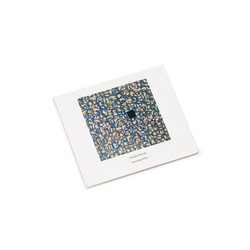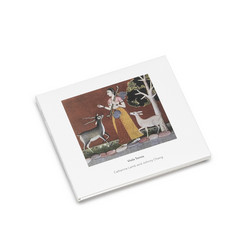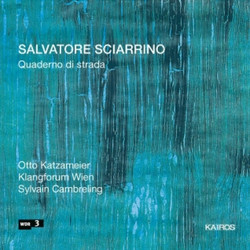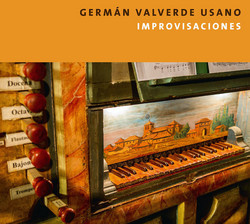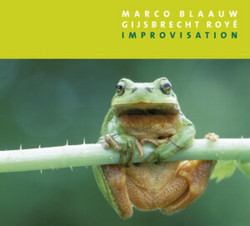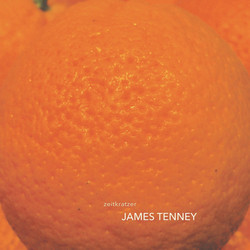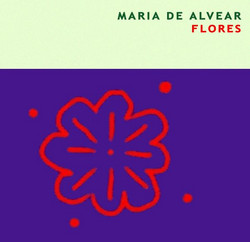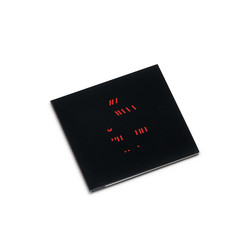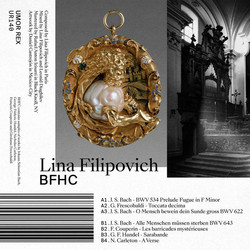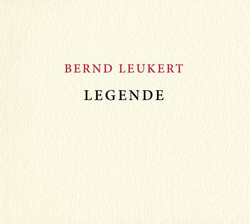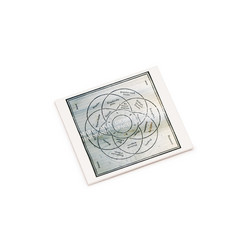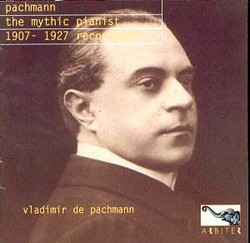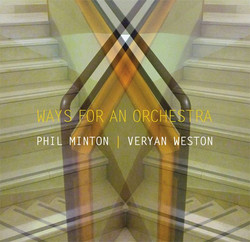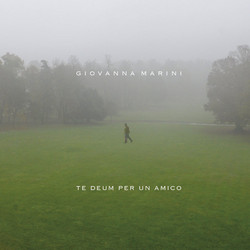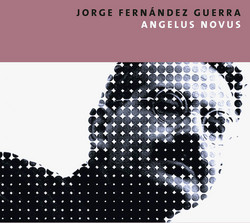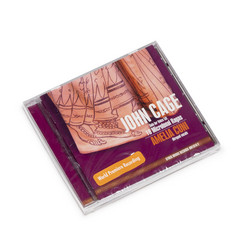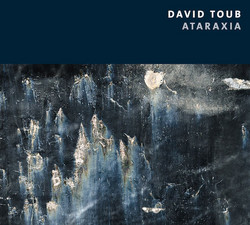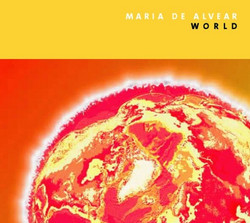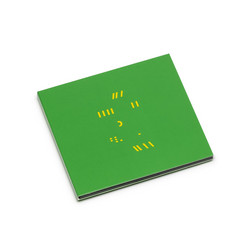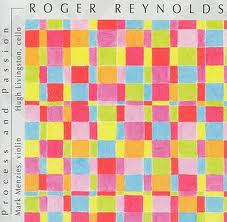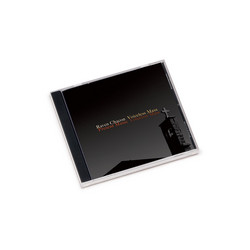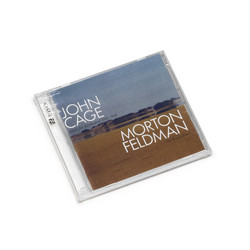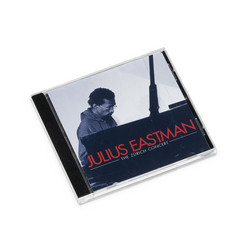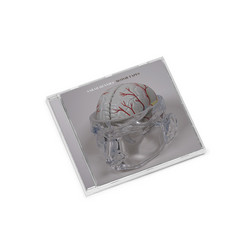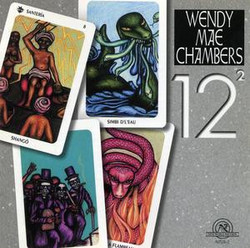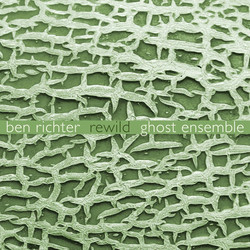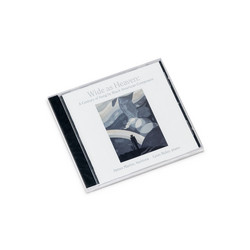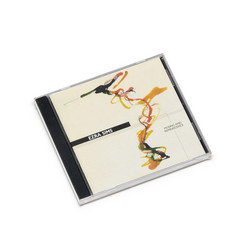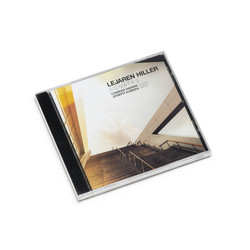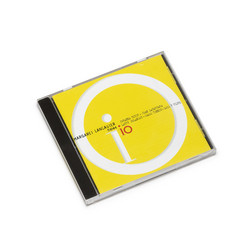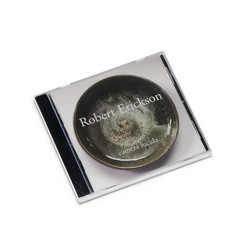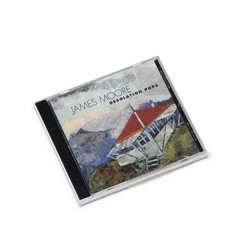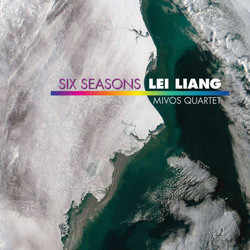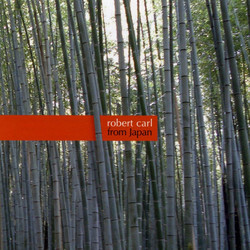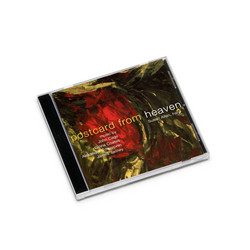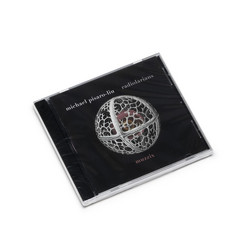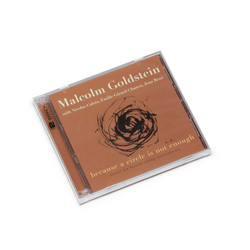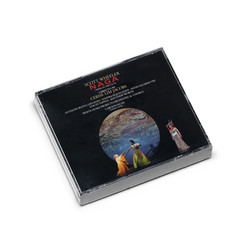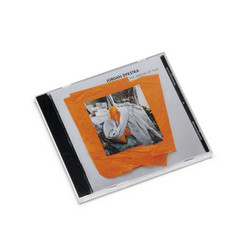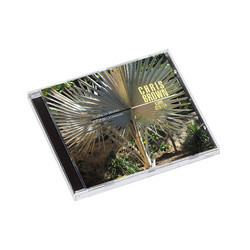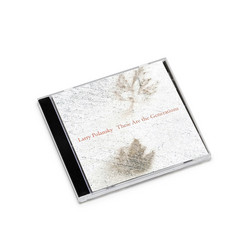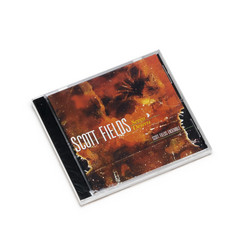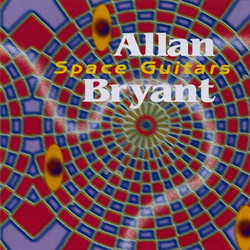Leonard Slatkin, Saint Louis Symphony Orchestra, Joan Morris, William Bolcom
Symphony No. 4 / Session I (CD)
William Bolcom was born on May 26, 1938, in Seattle, and trained at the University of Washington and Stanford University, as well as with Darius Milhaud. He has written four symphonies, concertos for piano and for violin, chamber and solo instrumental music, and the mammoth setting of the forty-six Songs of Innocence and of Experience by William Blake, nearly thirty years in the composing.
In the early 1960s Bolcom worked with improvisational theater groups. Between 1965 and 1967 he wrote four "session pieces," all concerning matters of ensemble and group dynamics and influenced by his theater experience. Session I was composed in Paris and New York during the spring of 1965 at the request of Luciano Berio, for his Domaine Musical Ensemble in Berlin that summer. Like a jam session, the work is divided into short sections: Warmup, Session I, Discussion, Session II, Interlude, Solos, Chorale, and Final Session.
The world of the Fourth Symphony is a place where words and music meet. Roethke's stunning poem had long appealed to Bolcom, but he "felt the setting would need a counterbalancing movement, structured musically in its own way as much as Roethke's long, quadripartite poem is." A commission from the Saint Louis Symphony allowed him to set "The Rose," as the second movement of this symphony, in 1986.
Bolcom balanced the two movements by conceiving them as complementary halves of a diptych: the first movement is instrumental, the second vocal; the first is energetic, the second increasingly meditative; the first recalls the craggy mountains of Roethke's (and Bolcom's) Northwest, the second recalls the sea.
For the structure of the first movement, "Soundscape," Bolcom deliberately chose to create another parallel with the poem. "The binary shape of ˜Soundscape" is akin to the feeling of two-plus-two in the four sections of ˜The Rose."" He also notes that the opening of the first movement is less thematic than textural, "often with extractable melody but with the texture integrated closely to it." Knowing that Joan Morris would be his soloist, Bolcom let the poem take center stage in the second movement. "Joan understands poetry and projects what it means," he explains.
Bolcom considers the overall shape of the symphony to be "like a reverse wedge, in that it starts with high energy and progresses in stages toward a deep calm." The calm at the end, reflecting the narrator's inner peace, is cradled by the exquisite arrival of the key of C major, long prepared and long awaited, a spotlighting of pitches that concerns Bolcom still, twenty years after Session I.
